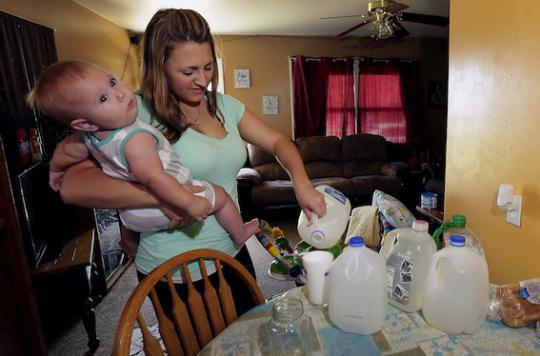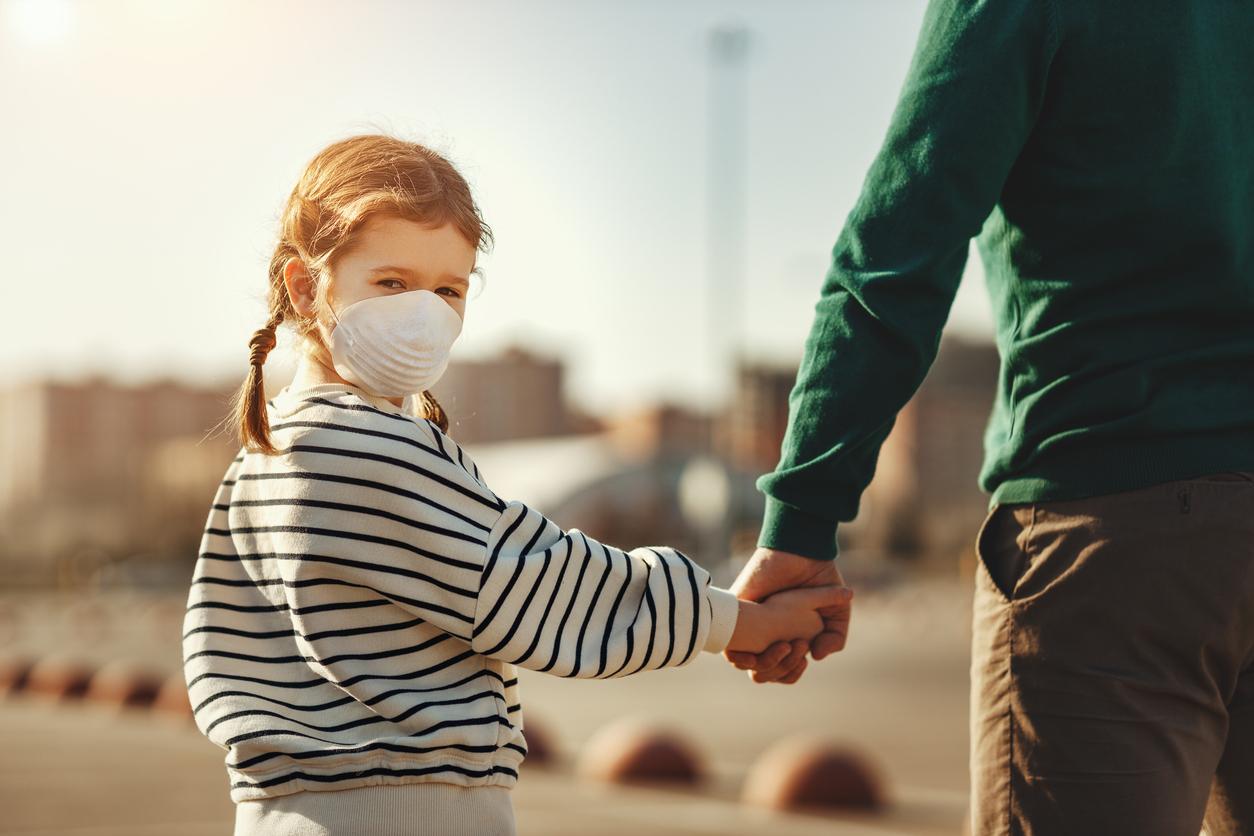Children exposed to arsenic in utero are more often ill in their first year of life. They are said to have more severe respiratory infections than other children.

In their first year of life, children exposed in utero to arsenic have an increased risk of developing infections and respiratory syndromes, reveals a american study published Environmental Health Perspectives.
Arsenic is naturally present in high concentrations in groundwater. Some soils are particularly rich in arsenic. In France, the Massif Central, the Vosges and the Alps are the regions most concerned and are subject to significant surveillance. In France, the maximum admissible concentration of arsenic in water intended for human consumption has been set at 10 µg / L since 2003. Beyond that, the associated risk is considered unacceptable.
Risks during pregnancy
Because arsenic is a chemical element classified as proven carcinogenic to humans. Prolonged exposure through inhalation or ingestion of contaminated water can cause lung, skin or bladder cancer. “It has also been attributed effects on development, cardiovascular disease, neurotoxicity and diabetes,” says the World Health Organization.
Thus, arsenic exposure is of particular concern in pregnant women, both for mother and child. Indeed, this chemical element can cross the placenta and poison the fetus. Consequence: the risks of miscarriage and death of the baby are greatly increased. Recent work has also suggested that exposure to arsenic in childhood impairs the immune system and increases the risk of infections.
Researchers at Dartmouth University (United States) then wanted to know if this increased risk was found in children exposed to arsenic in their mother’s womb. To do this, they analyzed urine samples collected from 412 pregnant women. They then contacted them 3 times after giving birth to assess the health status of the children. Thanks to this information, scientists were able to study the link between maternal exposure to arsenic and frequent infections in children such as bronchiolitis, ear infections or gatroenteritis.
More serious infections
Based on urinalysis, the mean arsenic concentration was 5.7 µg / L and the mean concentration in water was 4.6 µg / L, far from the maximum tolerated level. However, the results show that children exposed to arsenic were sick more often than others. They suffered in particular from respiratory infections that required treatment, the authors say.
“These results suggest that arsenic exposure increases the risk and severity of certain types of infections,” said Margaret Karagas, professor of epidemiology at the Geisel School of Medicine at Dartmouth University. Respiratory infections in childhood may signal an increased risk of allergies and respiratory failure ”.
In addition, the authors emphasize that drinking water is not the only source of arsenic. Foods like rice and products made from this cereal also contain high levels of arsenic. So much so that some countries advise parents not to give it to their children.
.

















